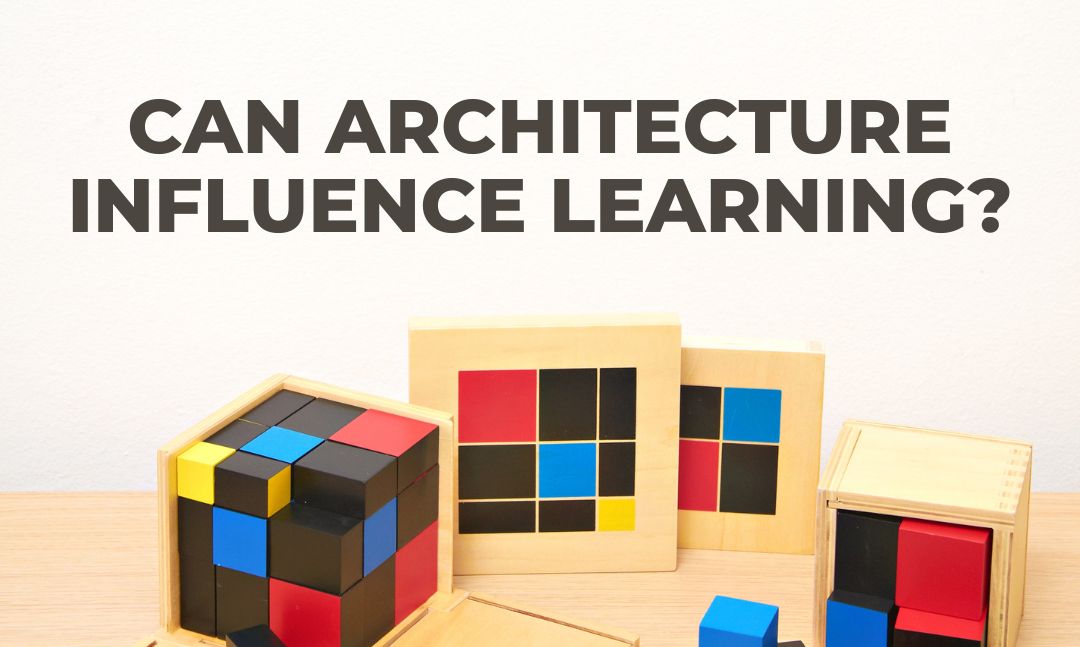Dr. Maria Montessori’s teaching style revolutionized the educational world as we know it. Instead of teachers following a strict curriculum, Dr. Montessori created an environment led by students’ curiosity and interests. Every material inside the classroom was tailored to the student’s experience in hopes of inspiring exploration and creativity. This included child-sized chairs and tables, stools to access sinks or kitchens, and much more. But do these variances from a traditional classroom actually influence learning?
One of Dr. Montessori’s key concepts is the planes of development. Each plane categorizes a child based on age, characteristics and needs. For example, in the infancy plane of 0-6 years old, growth is focused on physical and biological development. The motto of the children on this plane is, “Help me to do for myself.”
When you first enter the toddler community at MMS, you may be struck by how small everything is. This is intentional. Everything in the environment, from the furniture to learning materials, is adjusted to fit the needs of the child. Chairs and tables are their size so they can sit down and concentrate on a task. Step stools are left near sinks so they can wash their hands or prepare a snack. Shelves are at their level so they can easily clean up an activity and start a new one. Providing access to these things gives students the opportunity to do things on their own, becoming more independent with each passing day and helping them to do things for themselves. It is because of this that we say, “Yes, architecture can influence learning!”
In fact, this became so clear that the Association Montessori Internationale, in collaboration with the Arthur Waser Foundation, shaped the phrase “Montessori architecture” in 2017 as a way to guide the creation of future Montessori environments. While Dr. Montessori never defined a specific style, there are similarities in Montessori environments across the world. These “Patterns” are solutions to recurring problems that can be applied regardless of surrounding conditions. There are several elements listed that can connect environments, including learning materials.
A beautiful aspect about the Montessori Method is that it’s remained relatively unchanged since its creation. Because of this, at MMS, we’re able to replicate the materials Dr. Montessori kept in her education environments. Since physical touch is a critical component of the learning process, learning materials are naturally composed of elements like wood, metal, ceramic or glass and are manipulative to promote idea-building and skill development.
Another important part of the Montessori Method is access to nature. We’re fortunate to have a campus located at the banks of the Wolf River with a thriving outdoor environment in which all students are able to learn. From nature walks to tending to the garden, our students are able to explore the great outdoors while gaining an appreciation for nature and learning how to take care of it.
At MMS, we strive to create environments where students can grow and flourish into their best selves. Our guides are trained to assist students in their activities and maintain an orderly learning ecosystem. Thanks to Dr. Montessori’s guidance, we have an educational blueprint to follow for years to come.

